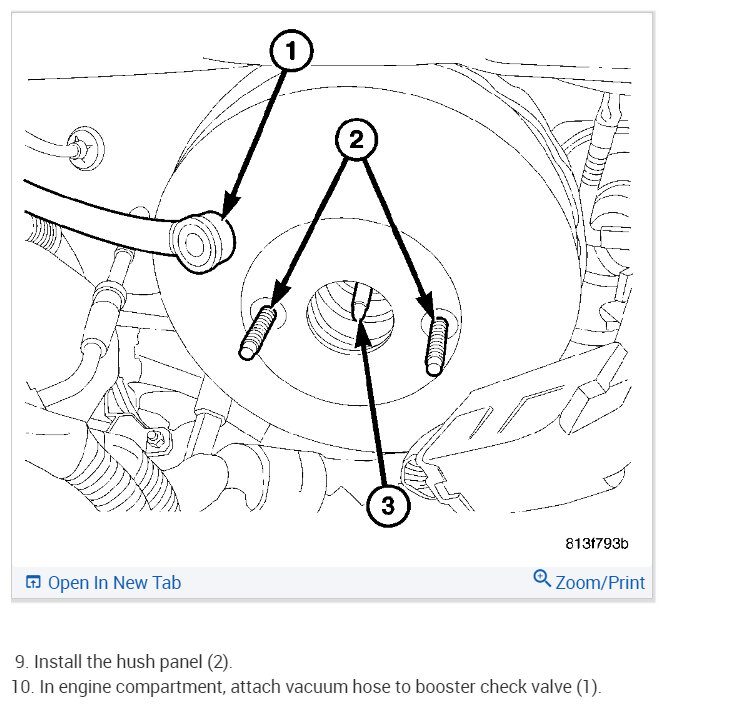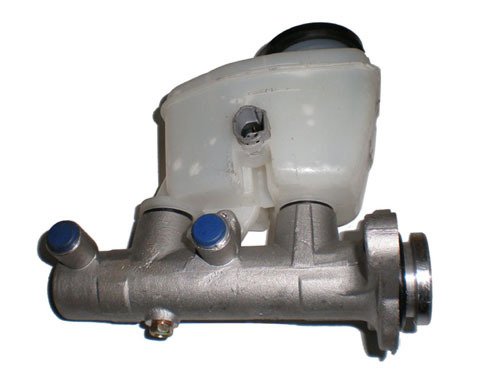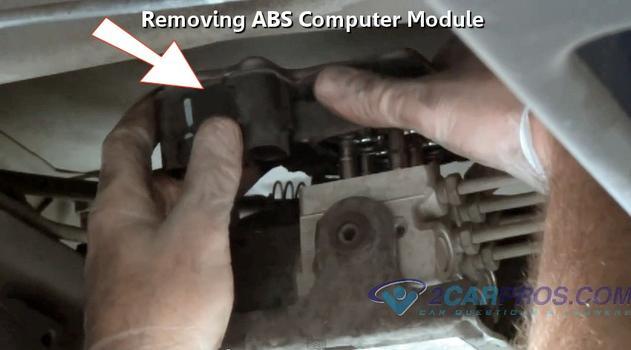You're describing the typical symptoms of contaminated brake fluid. The first thing to look at is the rubber bladder seal under the reservoir cap. If the fluid is contaminated with a petroleum product, that seal will be blown up and mushy. It will feel slimy too.
Next, when the calipers lock up again, we need to open the hydraulic system at various places to see where the brake fluid is being trapped. The flexible rubber hoses were a good guess, but it's unlikely both would cause this at the same time. Instead, stop on a slight incline, place a block about a foot downhill of one of the tires, then loosen the soft metal line nuts at the master cylinder. If a little brake fluid spurts out and the brakes release, that will prove everything down the line from there is okay. The fluid is being blocked from returning to the reservoir by the rubber lip seals in the master cylinder. Only three things can cause that. One is that brake fluid contaminated with a petroleum product such as engine oil, power steering fluid, transmission fluid, axle grease, or penetrating oil. That causes the rubber parts to swell and grow past the fluid return ports, blocking them.
The second possibility is the brake light switch is out of adjustment and is holding the brake pedal down a little. To identify that, pull up on the brake pedal with your foot. There's usually enough give in the switch bracket to let the master cylinder return fully.
The third cause applies mostly to import models. They commonly have power booster push rods that are adjustable. Those rarely need to be readjusted when installed, but some people do that in a misguided attempt at solving a low brake pedal. To identify that, when the brakes are locked and you're sitting on that incline, loosen the nuts holding the master cylinder to the booster. Pull the master cylinder forward about 1/8". If the push rod is too long or the brake light switch is out of adjustment, doing that will release the brakes.
If loosening the lines at the master cylinder don't allow the brakes to release, open the bleeder screws on the front calipers. If that lets them release, we'll need to work our way back toward the master cylinder to see where the fluid is being trapped. If they still don't release, look at the caliper mounts or slides to see if the calipers are sticking. This is especially true when chrome-plated slide pins are used and the chrome has lifted and there's rust underneath. Even though the piston releases, if the caliper can't slide freely, the outer pad will still hold pressure against the rotor.
You can cause another problem by using used calipers, especially if the pads were badly worn on the donor vehicle. It's common for crud and debris to build up behind the piston over time. That doesn't cause much of a problem until the piston has to be pushed back in to make room for thicker pads. That runs the piston over that crud and can cause it to stick. One clue to watch for is you should be able to pry the piston back into the caliper housing with a large flat blade screwdriver before removing the caliper from its mount. Some people, and even some service manuals, will tell you to use a large c-clamp to retract the piston. That should never be necessary. If you have to resort to using that, the piston has already been identified as sticking and it is going to cause trouble. As late as the 1980s it was standard practice to rebuild calipers as part of every standard brake job, but by the '90s, professionally rebuilt calipers were so inexpensive, it wasn't cost effective to do so. This is one place where even I, the world's biggest cheapskate, would not use used parts.
Another problem that commonly develops is a ring of dirt or rust around the piston, right behind the rubber square-cut seal. The piston has to be able to slide through that seal freely, but that ring will prevent that. That commonly causes that one brake to not apply under light brake pedal pressure, and to not release when the pedal is released after normal to hard braking. You'll get a brake pull one way when applying the brakes, then a pull the other way once the pedal is released.
Let me know what you find with those suggestions. If you find the brake fluid is contaminated, this will become a very expensive repair. The only proper repair is to remove every part that contains a rubber part, flush and dry all the steel lines, then install all new parts with rubber parts. That includes the rear rubber flex hoses, and all the parts you already replaced. The very common symptom you mentioned is how the problem returned after a few weeks. The contamination affects all the rubber parts in the hydraulic system. If any one of those parts is not replaced, the contamination will leech out of it and recontaminate the new brake fluid, and then all the new rubber parts. This will continue until all the rubber parts are replaced at the same time. This includes the calipers, wheel cylinders, rubber flex hoses, master cylinder, combination valve, and reservoir and / or cap. Trucks and minivans can have a wide range of loading, front to rear, so they usually also have a rear height-sensing proportioning valve near the left rear wheel. Those have rubber o-rings, so that assembly must be replaced. Same for the hydraulic controller if the vehicle has anti-lock brakes.
Let's hope you find something other than contaminated brake fluid. Please keep me updated on your progress.
Thursday, January 5th, 2023 AT 11:30 AM



